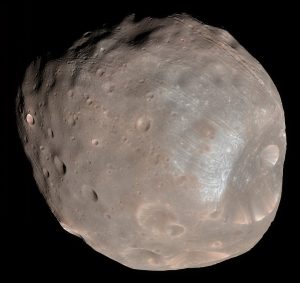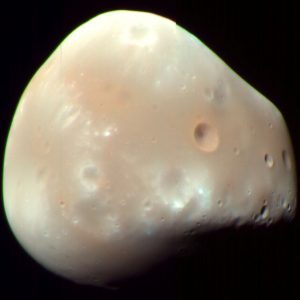If you wish a quick weight loss, go to Mars – here a person weighs only 68% of their weight on Earth.
 Many attempts to land a spacecraft on Mars has failed. NASA was the first to succeed in landing and to make experiments on the surface with the Viking 1 and 2 missions in 1976.
Many attempts to land a spacecraft on Mars has failed. NASA was the first to succeed in landing and to make experiments on the surface with the Viking 1 and 2 missions in 1976.
Several surface vehicles to investigate the geology followed Viking 2. The names of the rovers are Sojourner (1997), Spirit and Opportunity (2003), and last Curiosity (2012).
The purpose of most of these missions has been to find out if the conditions on Mars have been favorable for life to emerge. Many missions going to Mars are planned for the 2020’s. In part to continue to search for signs of live, in part to prepare for staffed missions to Mars.
Earth and Mars are neighboring planets and Mars distance from the Sun is 1.52 times the Sun-Earth distance (1 astronomical unit). Mars has two small moons, Phobos (panic and fear) and Deimos (dread and terror).
Mars is also called ”the red planet”.
Mars’ diameter is about 50% of the Earth but because 70 % of the Earth surface is covered by oceans, the amount of dry land is almost the same on these two planets.
Like the Earth, Mars has different seasons and this can be observed by the increase and decrease of ice coverage on the poles of Mars
Mars takes 687 days to orbit the Sun – and thus a year on Mars is equivalent of 22.5 months on Earth. A day on Mars is about 41 minutes longer than a day on Earth.

